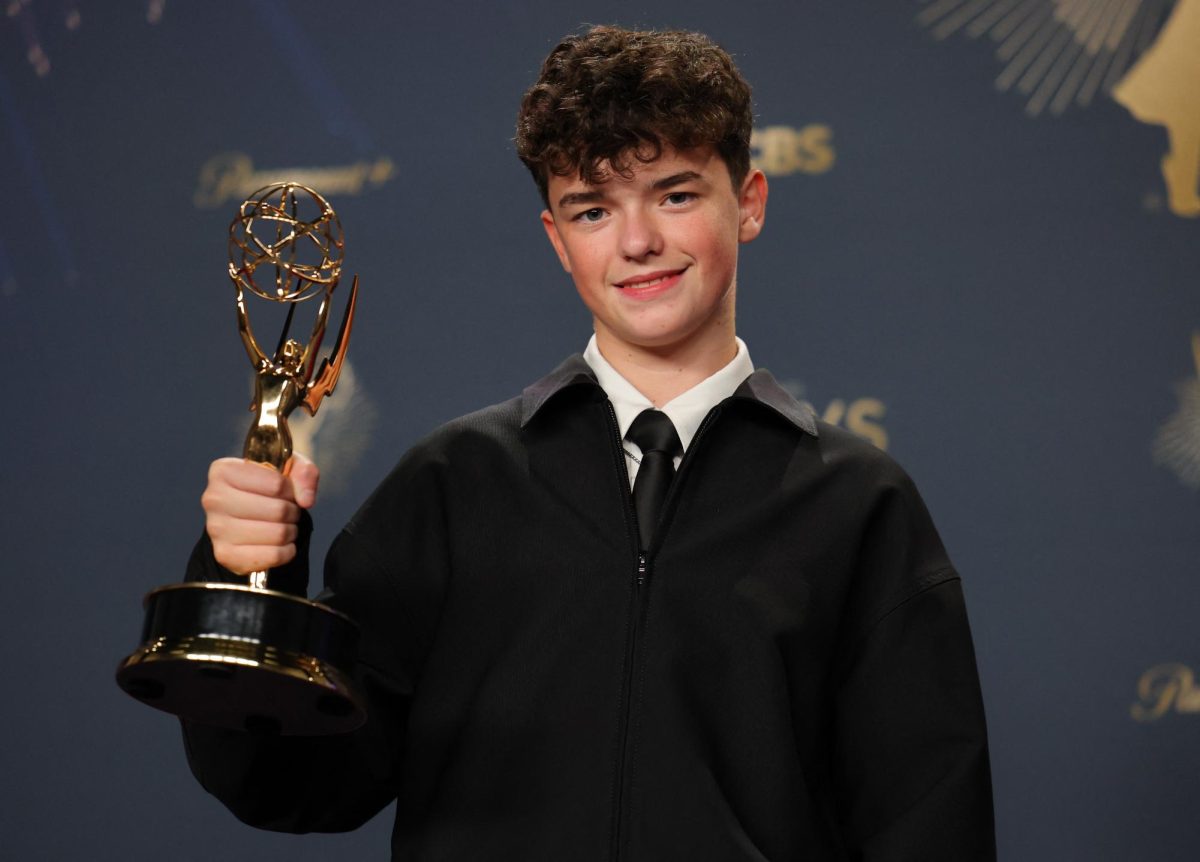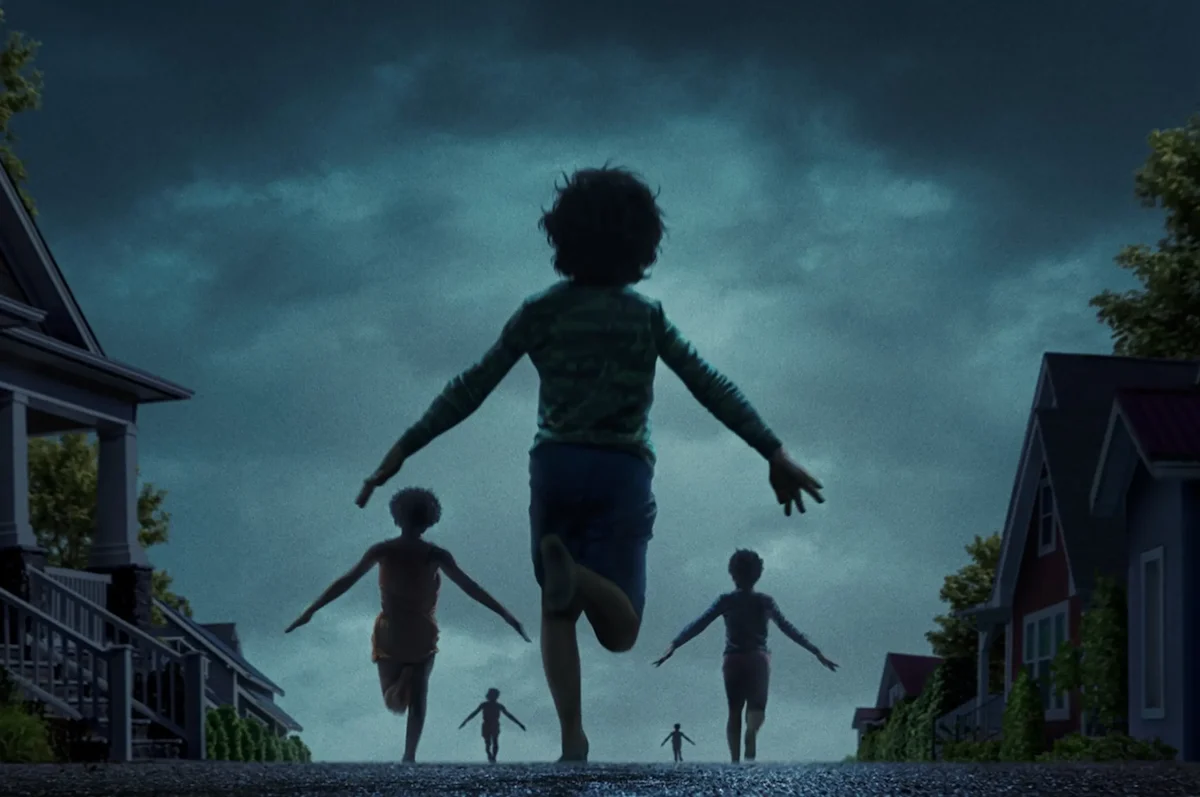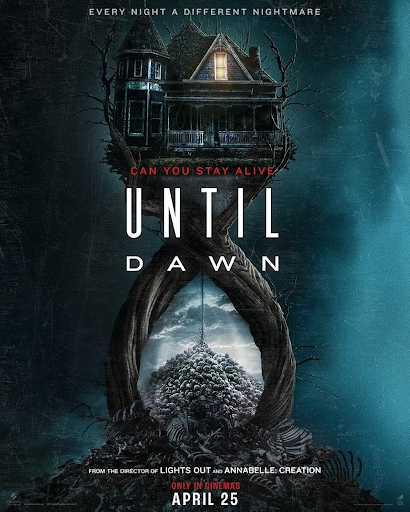All eight of the Harry Potter movies from the billion dollar franchise were re-released in theaters this summer from August 25 to September 1. If just the first release of the first movie grossed 974.8 million in box office in 2002 and the producers still want more money–how is Harry Potter anti-consumerist?
Since the initial craze of the Harry Potter franchise, the legends about English author J.K. Rowling left its large audience spellbound. The mystique surrounding this author is that she was a poor aspiring writer, who was writing books on napkins and leases for low income housing. She was struggling to get by.
This narrative projected an anti-consumerist undertone that you can read between the lines of the books, but not so much between the scenes of the movies.
In Harry Potter and the Sorcerer’s Stone, Dudley Dursley is described as a greedy, entitled overweight boy. He wants a racing bike even though he hates exercise. He has televisions in every room and can barely tear his eyes away from them. He’s upset because he got one less birthday present than the year before.
Rowling’s objective in this negative portrayal of the Dursley family could be taken as an anti-consumerism message, where she warns of the impacts that hyper consumerism can have on a child, as well as a family dynamic created where the child gets everything they want. In the first novel and film adaptation, this message is retained in the chapters and scenes with the Dursleys. Dudley’s unhappiness and discomfort makes the theater uncomfortable. But these feelings wouldn’t make for good profit, would they?
In the second movie, Harry Potter and the Chamber of Secrets, the scene in the Dursley’s home is cut short in comparison to the previous film, which contained a more anti-consumerist message, and instead took us to it’s stark opposite; a pro-consumerism shopping spree scene in Diagon Alley.
Get your wands! Get your robes! Get your candy! Get your Nimbus 2000! That’s the only thing one would gather from the sequence if there were no sound or subtitles. All of the merchandise in the movie made it easier by tenfold for the brand to turn the piece of art into a brand. Unlike The Hunger Games or Twilight, who didn’t have much to offer that was better than a t-shirt with the main characters’ faces on it, Harry Potter had an easy inlet to the merchandise world.
Harry Potter is a branding monster. The character himself is recognizable and easily reduced to nothing but a pair of glasses and a small strike of lightning. Not to mention the deathly hallows, the house-themed decor and clothes, the wands and the candies. Now, you can find Harry Potter collectibles and memorabilia in every souvenir shop or commercial chain store. The franchise made $7.3 billion in merchandise sales, and that number climbs every day.
Rowling now makes royalties based on merchandise, the movies, the theme park in Hollywood, and of course, book sales. So a random re-release of the films with zero cultural significance to the empire isn’t really the most random re-release ever.





















